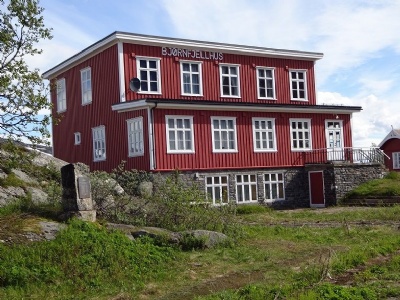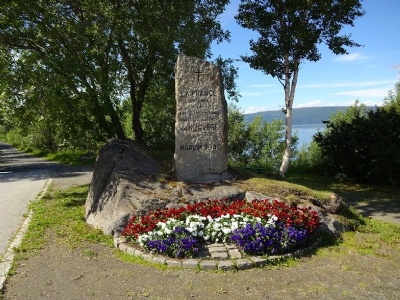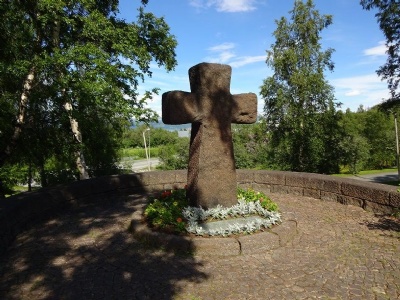Narvik
To prevent the British plans to mine the Norwegian waters, Germany attacked Denmark and Norway on April 9, 1940. One of the primary goals was to secure the ports along the Norwegian coast, including the port of Narvik, which was an important port for the transport of Swedish iron ore to Germany. To take Narvik, the Germans had allotted ten cruise ships that together had about 2,000 mountain troops board. Under the command of General Eduard Dietl, these were assigned to capture and secure Narvik and its port. Norwegian naval resistance was weak and the Germans could easily sink two Norwegian ships. The Norwegian commander in charge for the defence of Narvik, colonel Konrad Sundlo, was German-friendly and was persuaded not to resist. The German forces were therefore able to embark without a fight.
But the very next day the British navy returned undetectedly approaching the port of Narvik. The force consisted of five cruise ships that surprised the Germans, sinking two German cruise ships and damaging another. In addition to this, 11 cargo ships were also sunk, which were in port. When the British withdrew from the port, they were attacked by five German cruise ships who had been commissioned to Narvik. The Germans then managed to sink two British cruise ships and seriously damage another. However, the Germans could not because lack of fuel and ammunition persecute the British at sea. This battle has come to be called the first battle of Narvik.
The Second battle of Narvik began three days later on April 13. The British attacked the Germans with nine cruise ships and a battleship (HMS Warspite), sinking the remaining eight German cruisers trapped in Narvik and was suffering shortages of fuel and ammunition. The German ships were also attacked by planes from the British aircraft carrier HMS Furious. Three of the German ships were sunk while the other five were sunk or stranded by the Germans themselves. This allowed about 2,500 German crewmen to save themselves and join Dietl’s approximately 2,000 mountain troop. German naval losses in the two battles counted to ten cruise ships, representing 50 percent of the German cruise ships. The British lost two ships and four were damage. For the German part, the losses were irreplaceable while the British losses were negligible.
When the German force at sea had been wiped out, the prospects were bad for the Germans on land. Norwegian forces, bolstered by british, french and polish forces made life difficult for the german attackers. By the end of May 1940, Narvik had been liberated and the Germans were pushed east towards Björnfjell at the Swedish border. The Germans had been reinforced by about 1000 paratroopers but were still on the brink to loose the battle. But events took a turn when the Allied decided to evacuate the forces from Norway due to developments in France where the allied suffered one defeat after another. Narvik could be recaptured by the germans and on, June 8, the battle for Narvik and its surroundings was over.
Current status: Museum/monument (2017).
Address: Kongensgate 39, 8514 Narvik.
Get there: Car.
Follow up in books: Greene, Jack, Massignani, Alessandro: Hitler Strikes North: The Nazi Invasion of Norway & Denmark, April 9, 1940 (2013).








The Battle of Narvik spans over a large area and not just Narvik. At Björnfjell, next to the Swedish border, bitter battles were fought and at the station there is a memorial for the Norwegian soldiers who died while defending the station. There is also a cottage near the station, called Solheimsbrakka, where the German general Eduard Dietl had his headquarters between May 30 and June 10, 1940. The cottage still exists today. In Narvik most interesting things to see is underneath the surface. This has become a popular destination for divers to explore the wrecksites. But one of the German ships, destroyer Georg Thiele, lies partly above the surface, at least parts of the bow.
Thiele was stranded by the captain and has since remained at the shoreline and is heavily decayed. The wreck is located inside the Rombakksfjord and can via the land be a bit tricky to reach. There are trails that lead to the wreck but the terrain can be a bit tricky, steep and slippery, but it’s worth it. It can also be tempting to step up on the wreck and for the adventurous, it is also possible to baste themselves into the wreck, but it can of course be associated with some (life) danger. For my part, I contented myself with patting the ship from the shore. Closer to Narvik there are both monuments and war cemeteries and inside Narvik there is an interesting and modern museum about the battles of Narvik.